An arid landscape
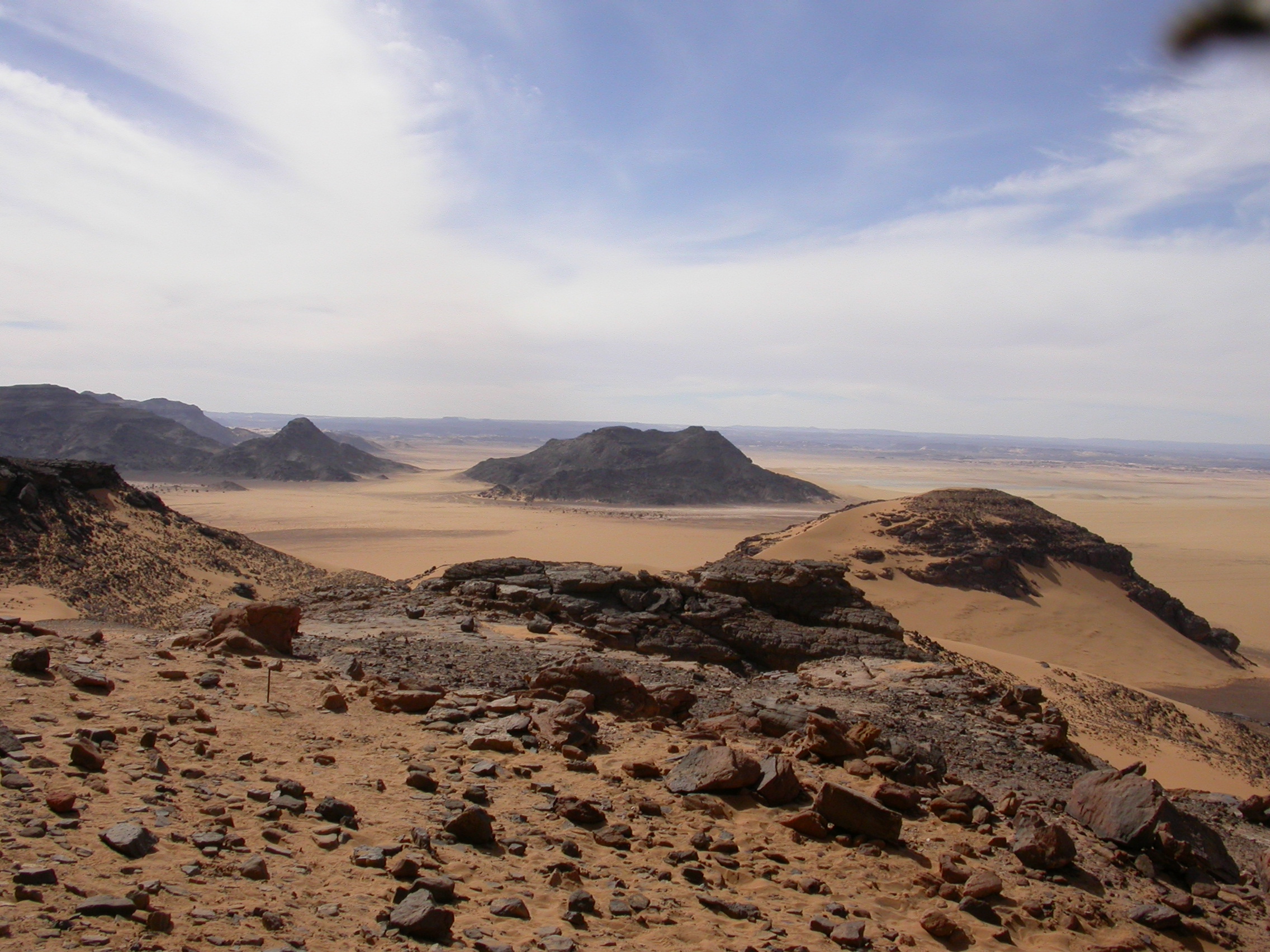
Archaeologists have found hundreds of relics of Stone Age culture in Wadi Takarkori, a dried up riverbed in Southwest Libya's Sahara desert
Sand Dunes

Nowadays, the region is part of the great Sahara Desert, but stunning rock art from 8,000 to 6,000 years ago reveals that the region was once wet enough to graze cows, a water-intensive proposition
Wetter history
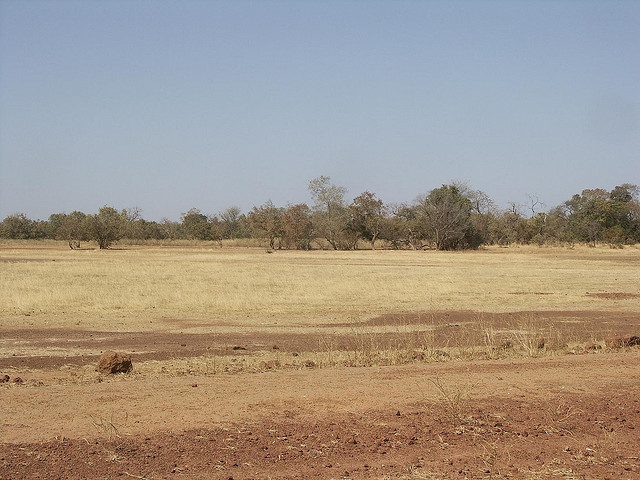
At that time, the region looked more like Mali, with scrubby plants and seasonal vegetation that quickly greened with the rains.
Stone Age Skeletons
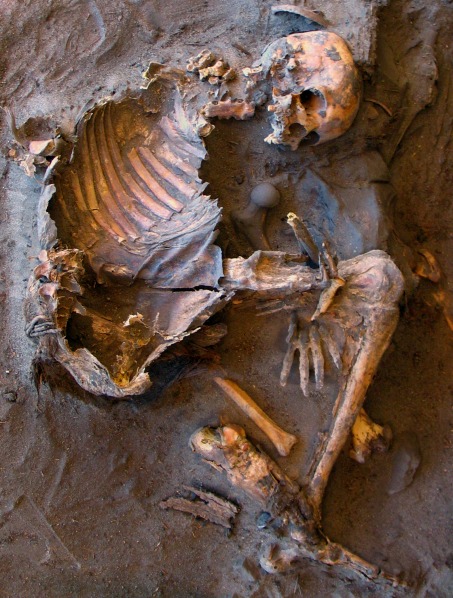
While excavating in the region, which has hundreds of rock art sites, Mary Anne Tafuri and her colleague Savino di Lernia uncovered a Stone Age burial in a rock shelter with skeletons of women and children that belonged to an ancient herding culture.
Women's Site
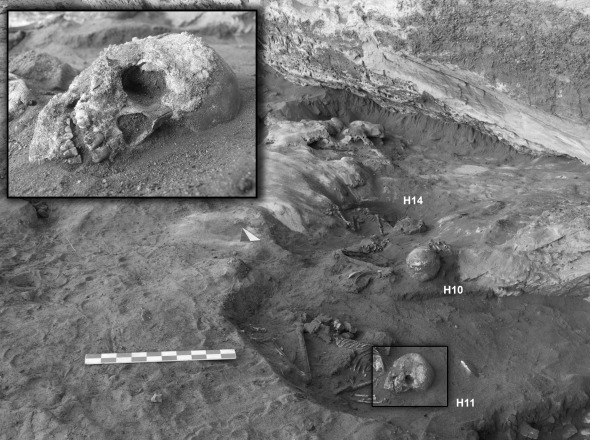
The skeletons were mainly buried between 7,300 and 5,600 years ago, when the region was wetter and cow herding was common. The presence of women only suggested that women played a critical role in the society, which may have even traced family descent through the maternal line.
Shift in Culture
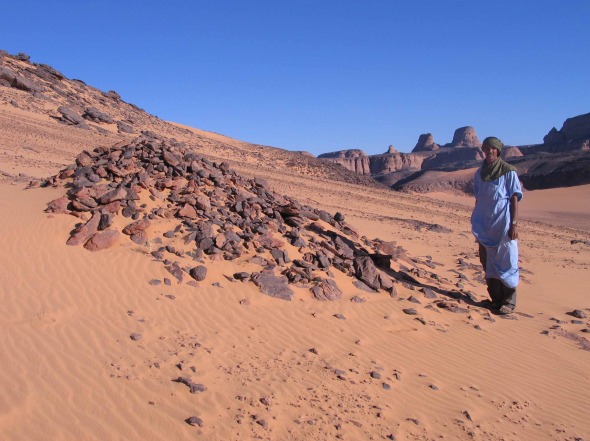
But once the Sahara Desert began its inexorable expansion into the region, herders shifted to less water-hungry animals such as goats, and the burial practices changed. Women were no longer buried in the cave and starting around 4,500 years ago, men and juveniles were buried under great stone heaps called tumuli outside the rock shelter, perhaps reflecting men's increased cultural importance.
Sign up for the Live Science daily newsletter now
Get the world’s most fascinating discoveries delivered straight to your inbox.

Tia is the managing editor and was previously a senior writer for Live Science. Her work has appeared in Scientific American, Wired.com and other outlets. She holds a master's degree in bioengineering from the University of Washington, a graduate certificate in science writing from UC Santa Cruz and a bachelor's degree in mechanical engineering from the University of Texas at Austin. Tia was part of a team at the Milwaukee Journal Sentinel that published the Empty Cradles series on preterm births, which won multiple awards, including the 2012 Casey Medal for Meritorious Journalism.









